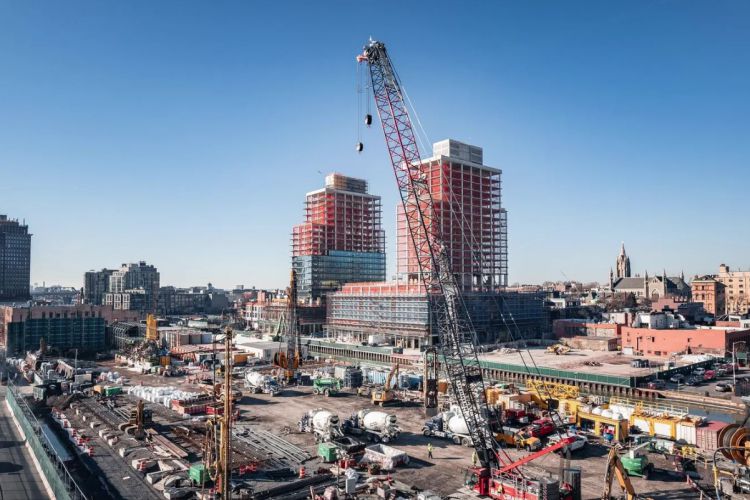New York City is poised to experience a significant surge in housing development following the introduction of new policies aimed at addressing the city’s severe housing crisis. The policies, which include zoning changes and the revival of the 421-a tax incentive, are expected to increase the supply of affordable housing units and stimulate development across various neighborhoods.
 Key Developments
Key Developments
- Zoning Changes: Mayor Eric Adams’ “Zoning for Housing Opportunity” proposal aims to increase housing density in medium- and high-density districts, allowing for more residential units to be built. This change is expected to facilitate the construction of new housing, particularly in areas where zoning restrictions have limited growth.
- 421-a Tax Incentive Revival: The 421-a tax exemption, which has been expired since 2016, is being pushed for renewal by city officials and housing advocates. This incentive provides partial tax exemptions for developers building affordable housing units, making it more feasible for them to construct such projects.
- Housing Shortage and Vacancy Rates: New York City is currently facing its most severe housing shortage in over 50 years, with a vacancy rate of 1.4%, the lowest since the 1960s. This shortage is driving up rents and making it difficult for low-income and working-class residents to find affordable housing.
- Luxury Market Resurgence: Despite the housing shortage, the luxury housing market in Manhattan is experiencing a resurgence, with considerable gains in premium unit sales and median rent in doorman buildings. This data demonstrates the widening disparity in obtaining fair housing in the city.
- City Council Support: The New York City Council has voted to declare a housing emergency, recognizing the severity of the crisis and the need for increased housing supply. This declaration will help extend rent regulation measures and support efforts to increase affordable housing construction.
Impact and Expectations
The new policies are expected to have a significant impact on the city’s housing landscape, particularly in terms of increasing the supply of affordable housing units. The revival of the 421-a tax incentive and zoning changes are expected to stimulate development across various neighborhoods, helping to address the city’s severe housing shortage.
Conclusion
New York City is poised to experience a significant surge in housing development as a result of the new policies aimed at addressing the city’s housing crisis. The revival of the 421-a tax incentive and zoning changes are expected to increase the supply of affordable housing units, helping to alleviate the city’s severe housing shortage and make housing more accessible to low-income and working-class residents.




